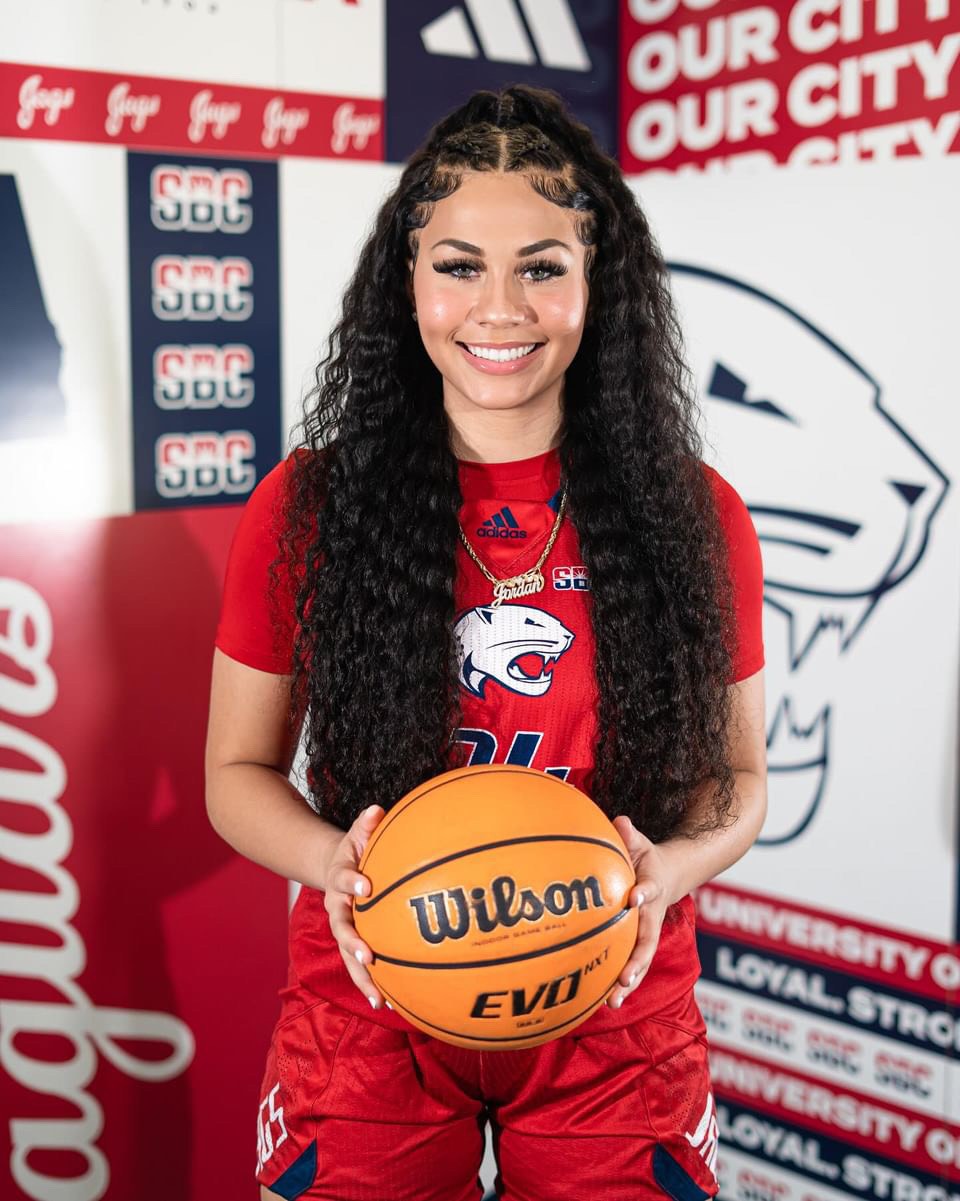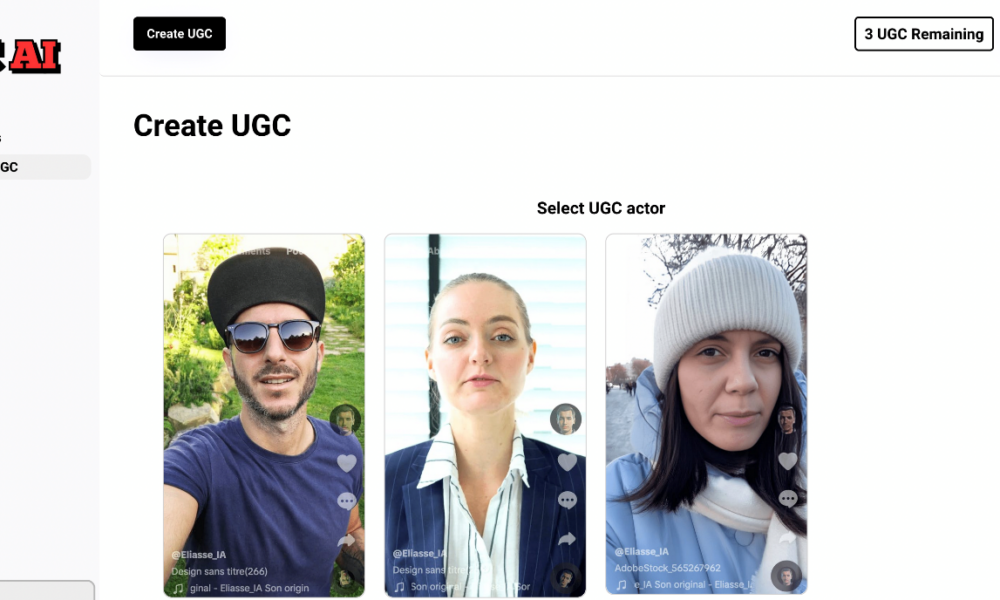By Asia Alexander ·Updated May 30, 2024
Gen Z athletes are >Naomi Osaka, who champions racial equality and mental health awareness, to NFL player JuJu Smith-Schuste, who engages fans on TikTok to build a robust personal brand.
These athletes also bridge the gap between traditional sports and Esports, with figures like Zaqueri “Aphromoo” Black gaining significant fame in the esports arena. Esports, or electronic sports, refers to competitive video gaming where individuals or teams compete for prizes and recognition in various video game titles. Black won the 2018 NA LCS Spring Split with the 100 Thieves and earned the title of MVP for the split. Through their multifaceted approach, Zillennials are making sports more potent. One of the most significant developments in college sports this year has been the surge in name, image, and likeness (NIL) deals.
However, in March of 2024, the NCAA announced a halt on these deals, citing concerns over fairness and compliance with amateurism principles. The antitrust lawsuit contests the NCAA’s rules against recruiting incentives, arguing that they restrict athletes from capitalizing on their fame and celebrity. The NIL agreements provide college athletes with exposure and offer economic support. Girls United spoke to three college athletes redefining the face of sports: Chris Robinson, Jordan Rosier, and Kendall Jackson. Their perspectives highlight their respective sports and the impact on their lives and communities, challenging long-held narratives about who belongs in the industry.
Robinson is a standout track and field athlete at the University of Alabama. He was raised in a low-income household and faced an uncertain future after high school. However, track and field provided him with a beacon of hope. “Growing up in a low-income household with my mom and brothers, it was hard knowing what the next move was after high school,” Robinson says. “Track not only gave me the opportunity to attend college debt-free but also allowed me to show my little brothers and others watching my journey that there is another >reported experiencing financial difficulties, highlighting sponsorships’ crucial role in enhancing the economic well-being of college athletes. With the NCAA’s changes allowing athletes to profit from NIL, student-athletes have seen a significant increase in financial opportunities. In 2023, the NIL market was estimated to be worth around $1 billion, with the average Division I athlete earning between $1,000 to $10,000 annually from sponsorships and endorsements. High-profile athletes, particularly in football and basketball, can earn even more, with some securing deals worth over $1 million.
This influx of sponsorship money helps athletes cover tuition and living expenses and provides them with financial stability and the means to invest in their future careers. Robinson emphasized the significant impact of social media in thisdecoding=”async” src=” alt=”How Gen Z Athletes Are Redefining Sports” width=”400″ height=”225″ />
While it’s crucial to recognize the economic strides occurring in college sports, it’s equally important to acknowledge the notable growth in representation for women, particularly in women’s basketball, over the past year. University of South Alabama basketball player Jordan Rosier comes from a family of athletes; all three of her siblings earned scholarships to play sports at the collegiate level. Witnessing multiple generations of athletes before her, she is ecstatic about the increasing recognition and equal pay for women’s basketball.
“Gen Z female athletes are finally standing up and using their voices to show fans around the world that we matter too,” Rosier says. “Just because we can’t dunk a basketball or jump as high as men doesn’t mean our sports are any less interesting or important to watch. Since these changes in women’s sports, there have been record-breaking numbers everywhere, showcasing significant growth.”
An estimated 18.9 million viewers watched the NCAA Women’s Basketball National Championship. In contrast, the Men’s College Basketball National Championship on Monday, April 8, between the University of Connecticut and Purdue drew approximately 14.8 million viewers, almost 4 million fewer than the women’s championship. This marks the first instance in NCAA tournament history where the viewership of the women’s championship game surpassed that of the men’s.
View this post on Instagram
A post shared by Kendall Jackson (@kendall.jackson10)
“The increase in interest from a new audience has not only helped highlight the financial struggles that women athletes still face today but the social battles women must endure in contrast to men,” she says. “It’s not enough for a woman to simply be an amazing athlete; viewers go on to critique her every action on and off the court. A woman who talks “trash” to her opponents is labeled as having a “bad attitude,” meanwhile a man is labeled “passionate.”
This may be partly due to how women’s sports were previously viewed. The previous lack of advertisement and exposure to the women’s game created a narrative that women’s sports are “boring” or that women are not as talented. Kendall Jackson is a golf player at Howard University. On May 8, she secured the 2024 PGA Works Collegiate Championship (PWCC) Individual Title with a final-round performance of 1-over par (73). Jackson is passionate about representation in her sport and constantly asks: “Why do sports always have to be separated by gender? Why can’t sports be sports?”
“Growing up, I played a lot of male-dominated sports,” she says. “I think the mindset that kept me going was that girls can do anything a male can, if not better. We need to make sure we give little girls as many options to participate in sports as we give little boys.”
Among all golf professionals, eight percent are women, while nine percent are Black or African American. “There were not a lot of women playing golf, so I felt like I was one of one,” she says. “Thanks to social media, I feel like little Black girls can see what representation in golf looks like whether that is looking at my page.”
As these collegiate athletes redefine sports for a new era, they build upon the legacy of former athletes who broke barriers and set the stage for change.
About the Author: Asia Alexander is a student at Howard University, working on all things pop culture, politics, entertainment and business.
The post How Gen Z Athletes Are Redefining Sports appeared first on Girls United.




